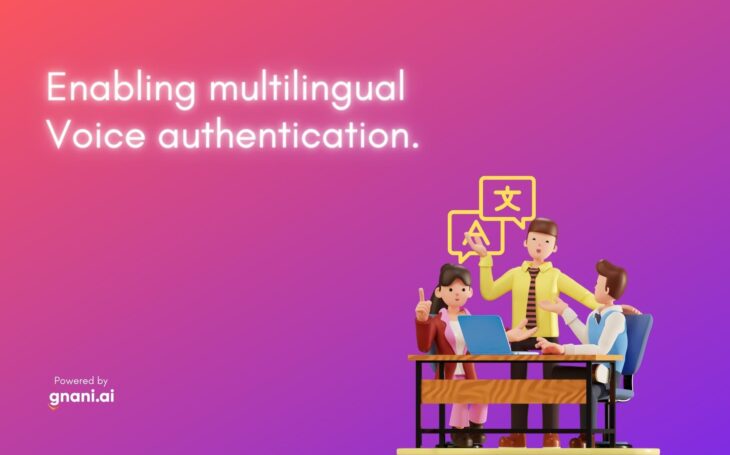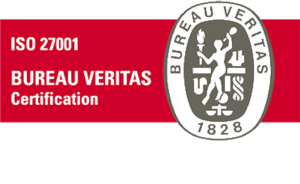
Enabling multilingual voice authentication can be a great way to improve security and make it easier for people to access your services. By allowing users to authenticate using their voice in their native language, you can help ensure that only authorized users are able to access your systems. In addition, multilingual voice authentication can also help reduce fraud and identity theft.
Here are a few ways to enable multilingual voice authentication:
- Use voice recognition systems that can support multiple languages: There are a number of voice recognition systems on the market that can support multiple languages. When selecting a system, be sure to choose one that can recognize the accents and dialects of the languages you need to support.
- Implement speech-to-text capabilities: In order to enable voice authentication, you will need to have a way to convert spoken words into text. This can be done using automatic speech recognition (ASR) technology. ASR systems can be trained to recognize the speech patterns of different languages, making it possible to convert spoken words into text in multiple languages.
- Use language-specific phonetic dictionaries: In order to ensure that your voice recognition system can accurately identify spoken words, you may need to use language-specific phonetic dictionaries. These dictionaries can help the system correctly identify words that may be pronounced differently in different languages.
- Train your voice recognition system: In order to improve the accuracy of your voice recognition system, you should train it on a variety of different voices. This will help the system to better understand the nuances of different accents and dialects.
- Use multiple modalities: Voice recognition systems can be trained to recognize not just spoken words, but also other modalities such as facial expressions and body language. By using multiple modalities, you can improve the accuracy of your voice recognition system even further.
Multilingual voice authentication can be a valuable addition to any security system. By making it easier for people to access your services and by helping to prevent fraud and identity theft, you can help keep your business safe and secure.
Some Challenges of Enabling multilingual voice authentication include:
- Cost: One of the biggest challenges of implementing voice recognition technology is the cost. Voice recognition systems can be expensive to purchase and maintain. In addition, you may need to hire additional staff to manage and train the system.
- Accuracy: Another challenge of voice recognition systems is accuracy. The system may not be able to correctly identify words that are spoken with an accent or dialect that it is not familiar with. In addition, the system may have difficulty understanding words that are spoken quickly or softly.
- Privacy: Some people may be concerned about privacy issues when using voice recognition technology. When the system is recording a speech, it is also collecting a great deal of personal information about the person speaking. This information could be used for identity theft or other malicious purposes.
- Security: Voice recognition systems may also pose a security risk. If the system is not properly secured, unauthorized users may be able to gain access to it and use it to impersonate other people or commit fraud.
- Accessibility: Voice recognition systems may not be accessible to everyone. People who are deaf or hard of hearing may not be able to use the system. In addition, people who do not speak the same language as the system may have difficulty using it.
If you’re interested in enabling multilingual voice authentication for your business, there are a few things you’ll need to do.
- First, you’ll need to choose the right voice recognition software. There are many different options available, so it’s important to select a system that is capable of understanding the languages you want to support.
- In addition, you’ll need to create a database of known voices. This can be done by recording the voices of your employees or by using a third-party service that specializes in voice recognition.
- Finally, you’ll need to integrate the voice recognition system into your existing security infrastructure.
By taking these steps, you can help ensure that your business is able to take advantage of all the benefits that multilingual voice authentication has to offer.
Conclusion
Multilingual voice authentication can be a valuable addition to any security system. It can help to improve the accuracy of the system and to prevent fraud and identity theft. However, there are some challenges that you’ll need to consider before implementing such a system.
By taking the time to choose the right voice recognition software and by integrating the system into your existing security infrastructure, you can help ensure that your business is able to take advantage of all the benefits that multilingual voice authentication has to offer. Do you want to learn more about this technology and how to implement it in your business? Explore our blogs to learn more!




